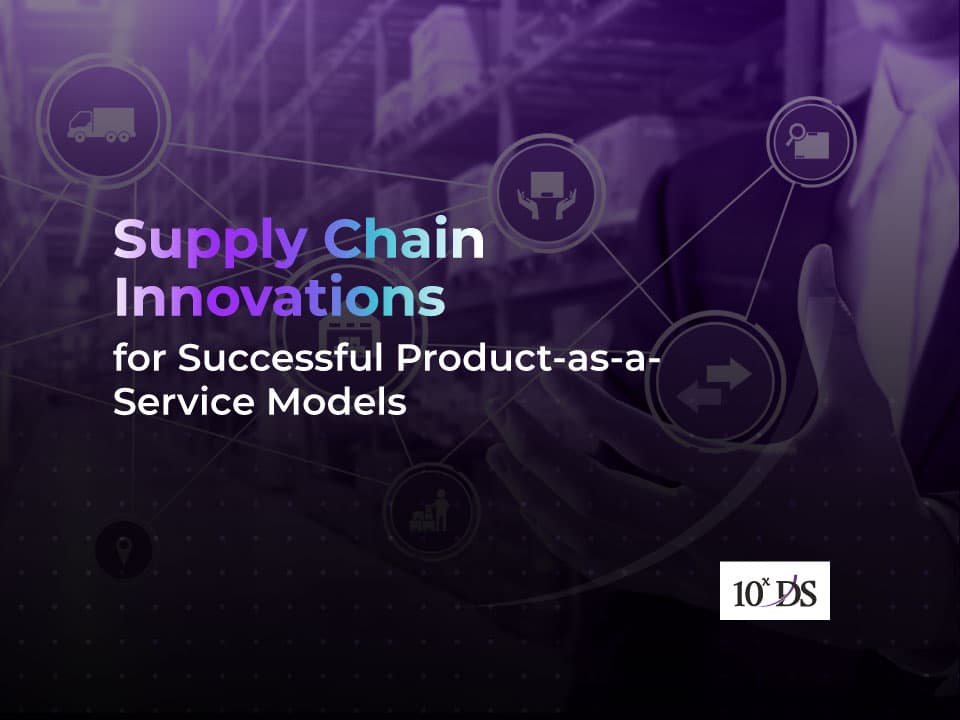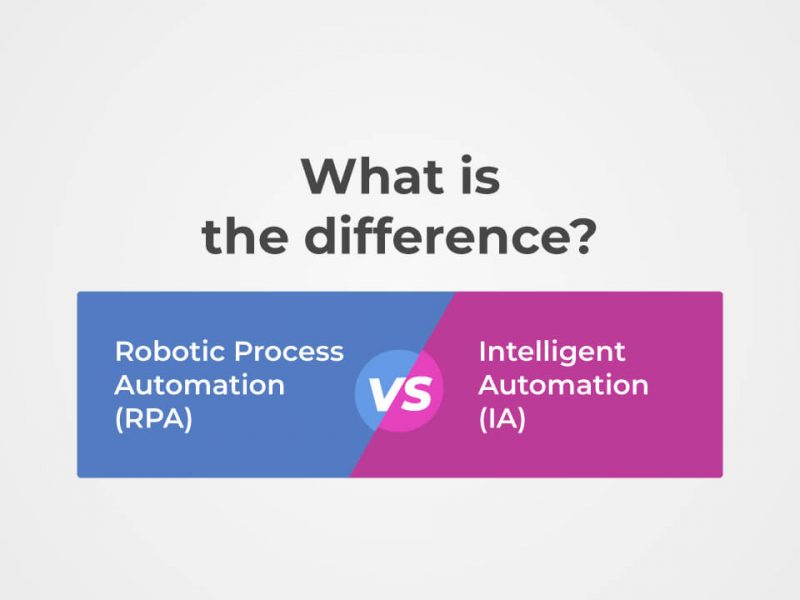
Supply Chain Innovations for Successful Product-as-a-Service Models
Product-as-a-Service (PaaS) is a business model where customers pay for the use of a product rather than buying it outright. Under this model, the provider is responsible for ongoing maintenance, upgrades, and repairs of the product. PaaS provides customers with access to high-quality products at a lower cost and eliminates the need for them to manage the product’s maintenance and repair. Providers benefit from recurring revenue streams, increased customer loyalty, and the ability to collect data on product usage for product improvement. PaaS is becoming increasingly popular in industries such as software, industrial equipment, and transportation. Few examples to quote are Xerox and Philips Lighting. Xerox offer Managed Print Services (MPS) to customers by providing printing hardware and software as a service, and customers pay a monthly fee based on usage. Xerox is responsible for maintenance, repairs, and upgrades, and customers benefit from predictable costs and reduced administrative burden. Similarly, Philips Lighting has adopted the PaaS model with its Lighting-as-a-Service (LaaS) offering. Under LaaS, Philips provides lighting hardware and software as a service, and customers pay a monthly fee based on usage. While Philips is responsible for maintenance, upgrades, and energy management, customers benefit from reduced energy costs and improved lighting quality.
In the software industry, the Product-as-a-Service (PaaS) model has become increasingly popular in recent years, especially with the rise of cloud computing and software-as-a-service (SaaS) platforms.
Microsoft: Microsoft has adopted the PaaS model with its Azure platform, which provides cloud-based computing services to businesses. Customers pay a monthly fee based on usage, and Microsoft is responsible for maintaining and upgrading the platform. Azure offers a range of services, including virtual machines, storage, and networking.
Salesforce: Salesforce offers a PaaS model with its Lightning platform, which allows businesses to build custom applications and integrate them with Salesforce’s core products. Customers pay a monthly fee based on usage, and Salesforce is responsible for maintaining and upgrading the platform. Lightning provides a range of tools for building and deploying applications, including drag-and-drop components and pre-built templates.
Adobe: Adobe has adopted the PaaS model with its Creative Cloud platform, which provides cloud-based access to Adobe’s suite of creative software products, including Photoshop, Illustrator, and InDesign. Customers pay a monthly fee based on usage, and Adobe is responsible for maintaining and upgrading the software. Creative Cloud offers a range of features, including cloud storage, collaboration tools, and automatic updates.
The PaaS business model provides numerous benefits to both companies and customers, including predictable costs, improved product quality and performance, and reduced administrative burden. However, it requires a shift in mindset and business strategy, as companies must be willing to invest in maintaining and upgrading their products over time, and customers must be willing to pay for ongoing access to the product rather than owning it outright. However, the Product-as-a-Service (PaaS) business model does require supply chain commercial innovation to sustain and thrive. In a traditional business model where a company sells a product outright, the supply chain is focused on manufacturing, shipping, and distribution of the product. However, in a PaaS model, the supply chain must also include ongoing maintenance, upgrades, and customer support.
Major components of such supply chain are as follows:
1. Design for serviceability
Companies need to design products with serviceability in mind so that maintenance and upgrades can be performed quickly and easily. This may require changes to the product design to make it a modular design where components can be easily separated and maintained. Choosing Standardized parts rather than custom components will help quickly source replacement parts. Products are also required to be designed with user-friendly features, such as clear instructions and easy-to-use tools, that make it easier for customers to perform basic maintenance tasks. Companies can reduce the cost and complexity of ongoing maintenance and upgrades, while also improving the overall customer experience by adopting such a design
2. Predictive maintenance
PaaS companies to adopt advanced maintenance approach that uses data analytics and machine learning algorithms to predict when maintenance is required, rather than relying on a fixed maintenance schedule or reacting to unexpected failures. The goal of predictive maintenance is to maximize the uptime and efficiency of equipment while minimizing maintenance costs and reducing the risk of unplanned downtime.
3. Efficient supply chain management
Companies need to ensure that they have the necessary parts and components on hand to perform maintenance and repairs quickly and efficiently, without incurring significant inventory costs. Providers need to maintain adequate inventory levels of parts and components, without overstocking or understocking. This requires a detailed understanding of usage rates, lead times, and other factors that affect demand. Strategic supplier relationships are also needed to ensure timely delivery of parts and components, as well as access to the latest product innovations and technologies.
4. Robust customer support
This is a critical component of maintaining high levels of customer satisfaction and loyalty under a Product-as-a-Service (PaaS) business model. In this model, the provider is responsible for ongoing maintenance and upgrades of the product, which requires a strong customer support infrastructure to handle customer inquiries, issues, and requests. Multi-channel support, dedicated support team, proactive communication, established clear escalation procedures and feedback mechanisms are important to establish a well-maintained customer support program.
By implementing these supply chain commercial innovations, companies can ensure that their PaaS offering is reliable, efficient, and cost-effective. Additionally, by providing ongoing maintenance and support, companies can build long-term relationships with their customers, leading to increased customer loyalty and repeat business.
Talk to our experts to know more.


